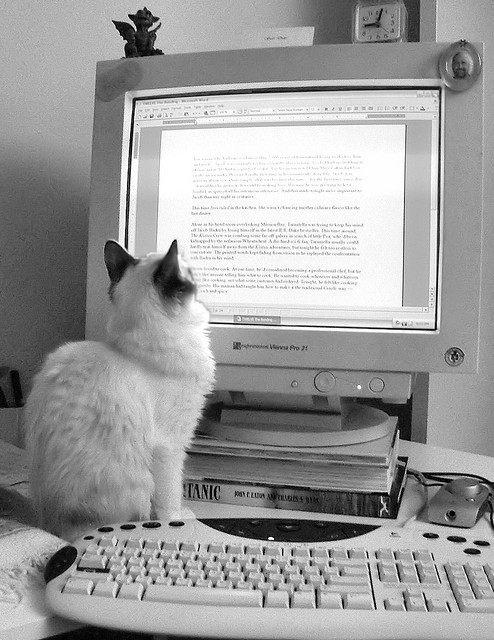You have done the long, laborious research, including reading hundreds of pages and taking copious notes, and book marking websites from the Internet. You have written an outline of your paper. The actual writing of the research paper has taken several days and nights. The writing is good. The sources are accurate. You have followed the directions that were given to you, including using the correct formatting. This paper will count as a large part of your grade. It is ready to print and be brought to class or sent in electronically.
But…wait. Is it really ready for submission? Is it possible that you have some clunky sentences? What about those spelling demons? Those are the words that you never remember how to spell or that you confuse with other words. Then there’s punctuation! Apostrophes, commas, quotation marks, etc., etc.
What should you do? The first step in terms of proofreading a document is to read the paper to yourself, out loud, if that helps. Don’t read what you think you wrote, what you meant to write. Go through the paper line by line, word by word, as if you are a neutral reader, and not the one who put so much blood, sweat, and tears into it.
Then, use the spell check function. It will not catch every error, but it will point out most spelling and usage mistakes.
Even after carefully proofreading my work by reading it on my computer screen, I find additional errors when I read a hard copy of my work. Somehow, seeing the writing on paper allows me to notice missing commas and other errors that I just did not see when I was reading my document on my monitor. So, I print the document, and carefully proofread it again.
Following those steps should help you to produce a well-written document. However, when all is said and done, if you are not sure that your document is completely correct and ready to be handed in or published, you can always refer it to a document editing and proofreading service, such as Papercheck.
